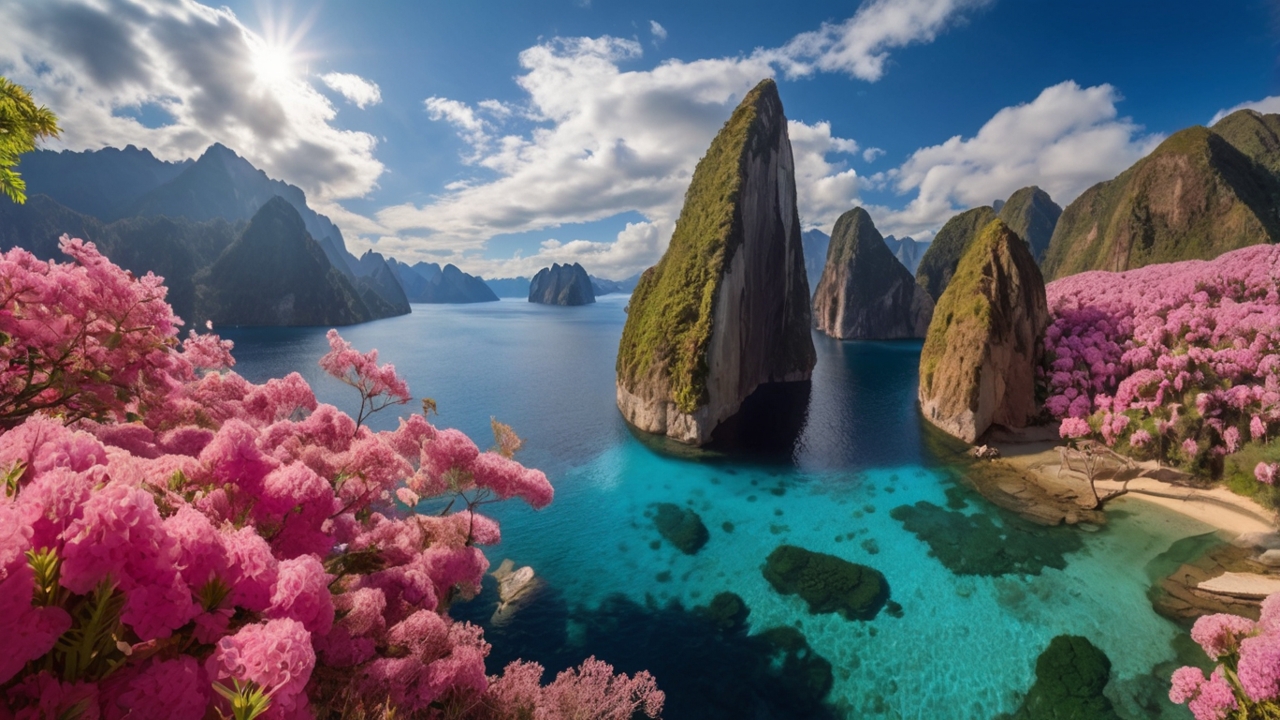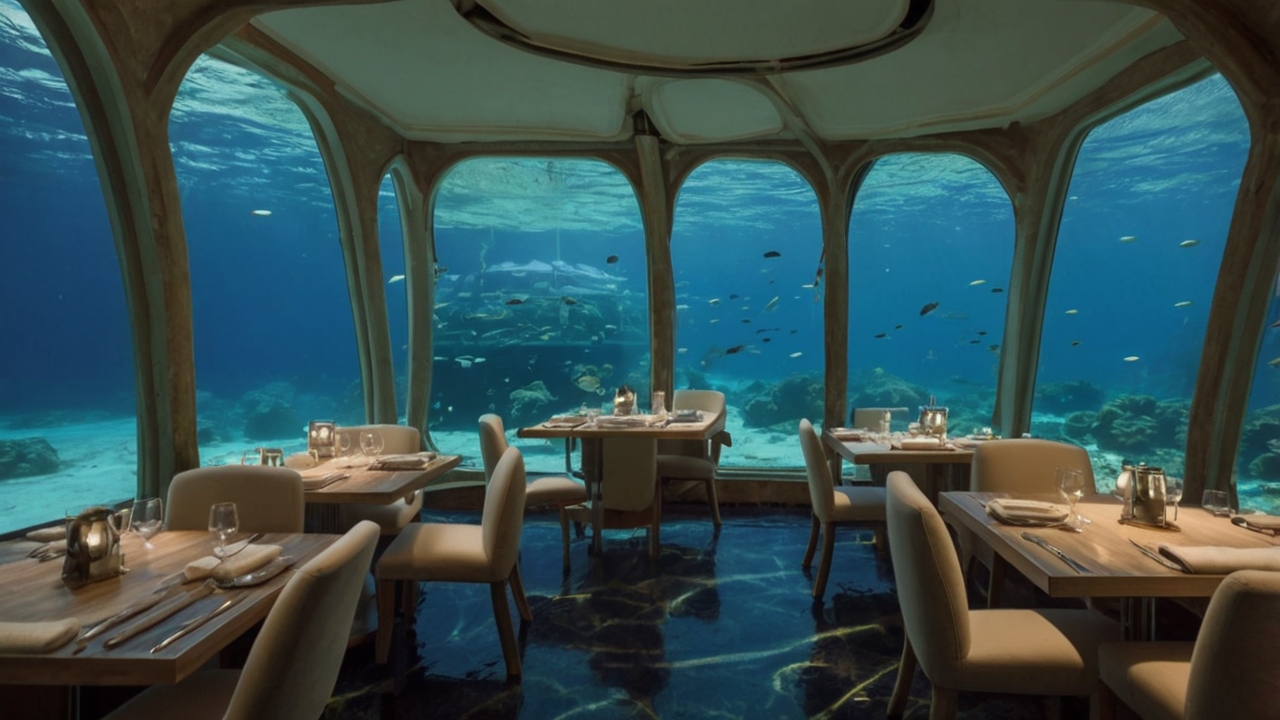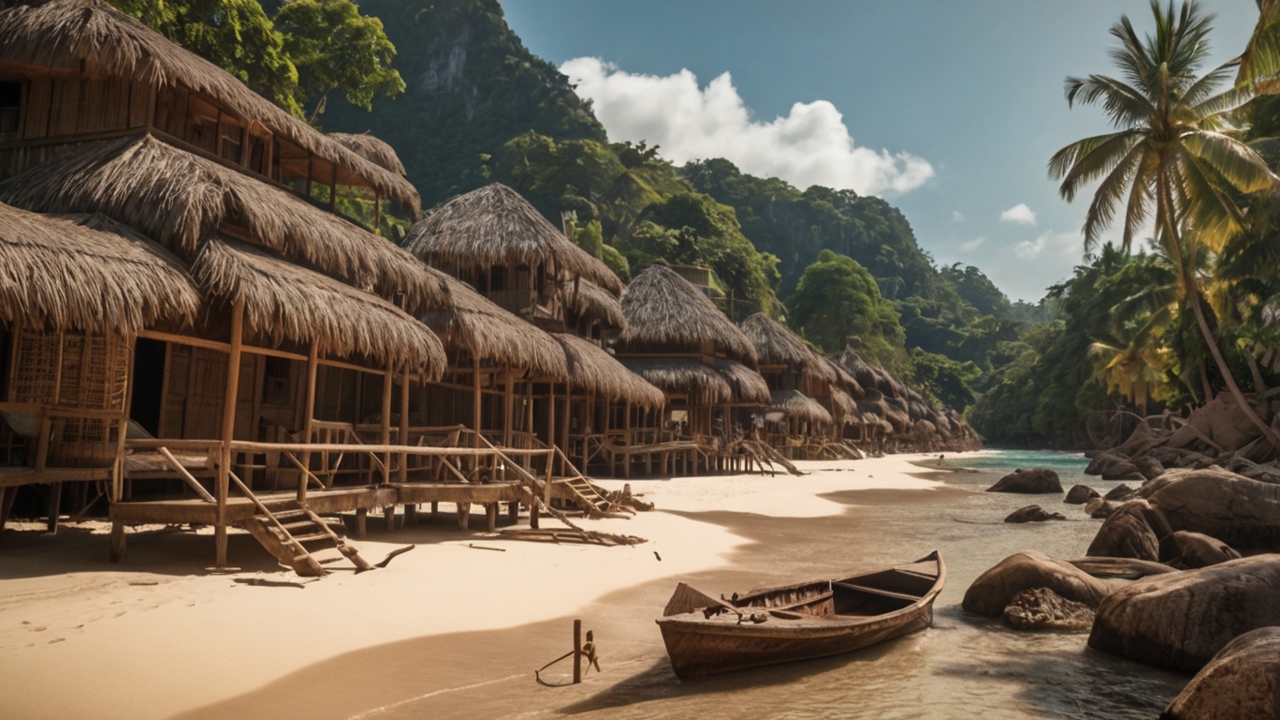5 Most Beautiful Places in the World That Humans Cannot Visit
Trans to Find – The world is filled with breathtaking wonders towering mountains, glowing caves, and surreal landscapes that stretch beyond imagination. Yet, some of the most beautiful places on Earth remain forbidden or inaccessible to humans. These locations stand as proof that not every masterpiece of nature exists for human conquest. As someone deeply fascinated by the unknown, I see these places as nature’s way of reminding us that beauty can also live in silence, untouched and pure.
“Read also: Germany’s Love Affair with Bread: A Slice of National Pride“
North Sentinel Island: Beauty Guarded by Isolation
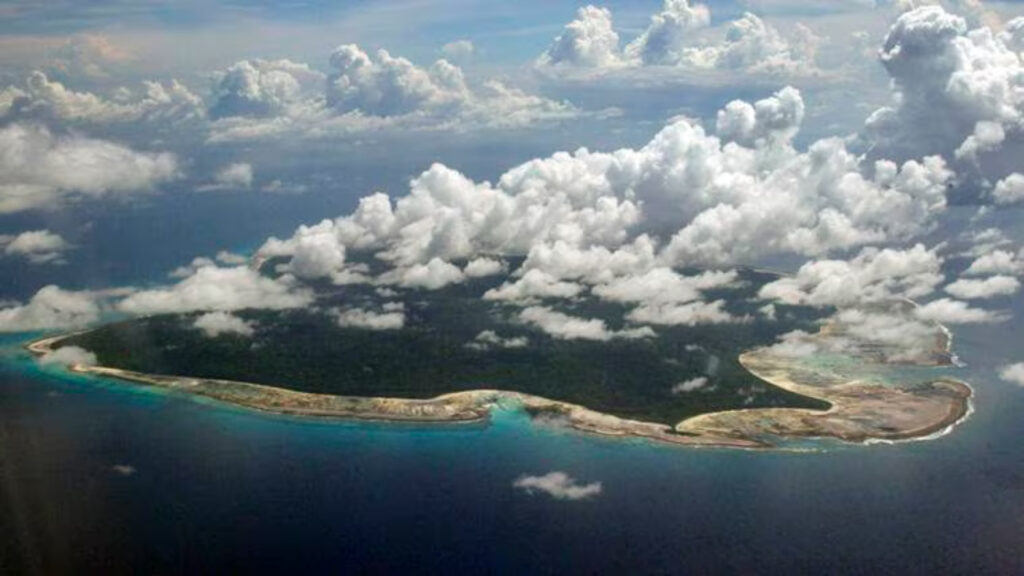
Hidden within the Andaman Sea, North Sentinel Island radiates natural perfection. Its turquoise waters and dense jungles shine under the tropical sun, yet no human can step ashore. The Sentinelese tribe, who have lived there for over 60,000 years, fiercely protect their home. Their independence reflects an ancient harmony between humanity and nature. I find this isolation deeply poetic while the rest of the world rushes toward globalization, this island preserves a piece of human history still free from modern interference.
The Lascaux Caves: Ancient Art Frozen in Time
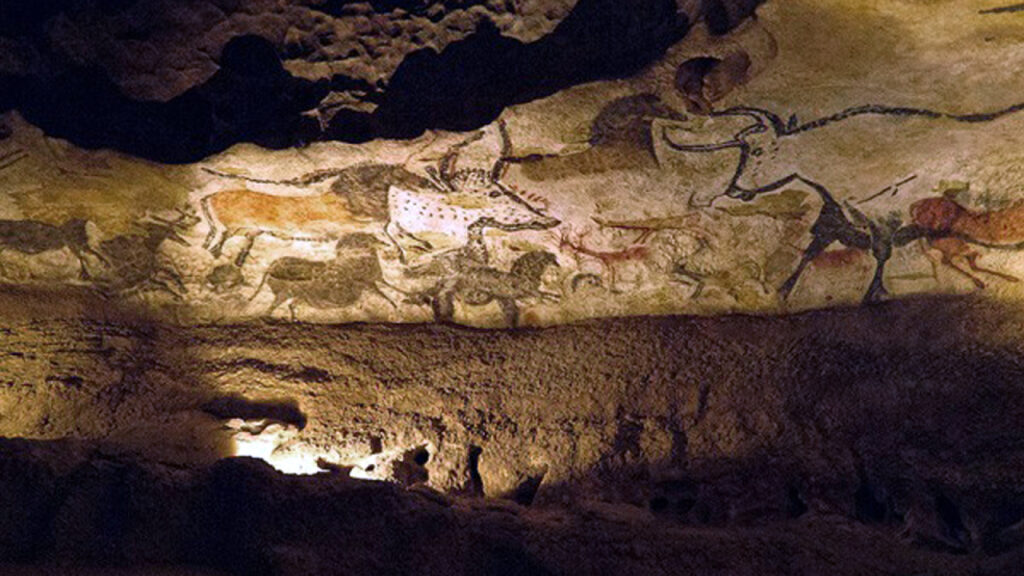
In southern France, the Lascaux Caves hold prehistoric art that offers a window into humanity’s earliest creativity. These 17,000-year-old paintings of bulls and horses capture the soul of our ancestors. However, human visits once threatened the delicate artwork, causing mold and damage. To protect these treasures, the caves remain sealed, and scientists monitor them carefully. Standing before their replica, I felt a sense of reverence; sometimes, the truest way to preserve beauty is to admire it without touching.
Surtsey Island: Nature’s Youngest Creation
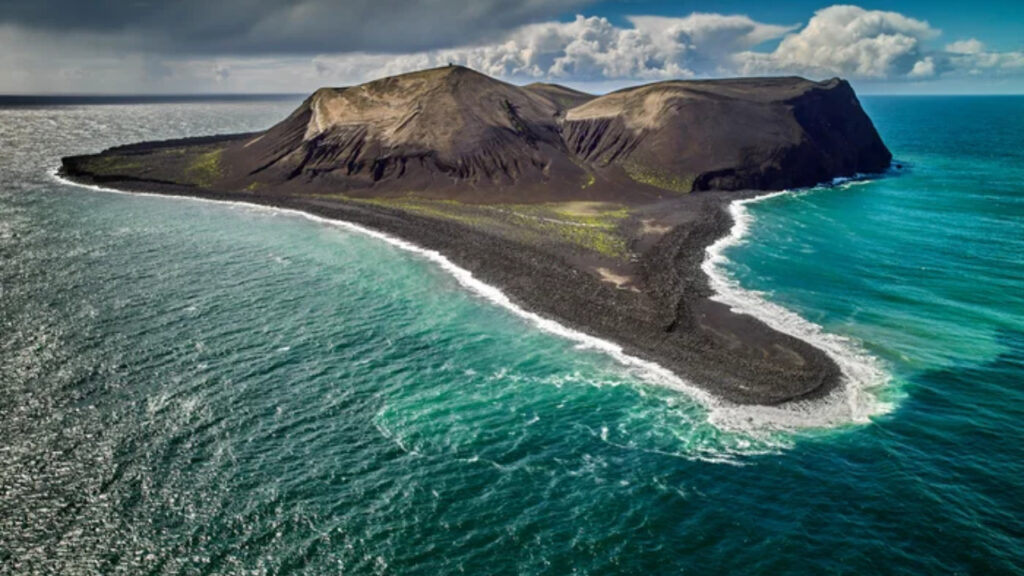
Born from a volcanic eruption off Iceland’s southern coast in 1963, Surtsey Island represents Earth’s raw creative power. Life began forming here without human help first moss, then insects, and eventually birds. Researchers observe its natural evolution under strict regulations. Surtsey feels like a living laboratory, showing us how ecosystems are born. To me, its untouched state is a symbol of trust between humanity and nature: when we step aside, life always finds a way to thrive.
The Doomsday Vault: Humanity’s Frozen Hope
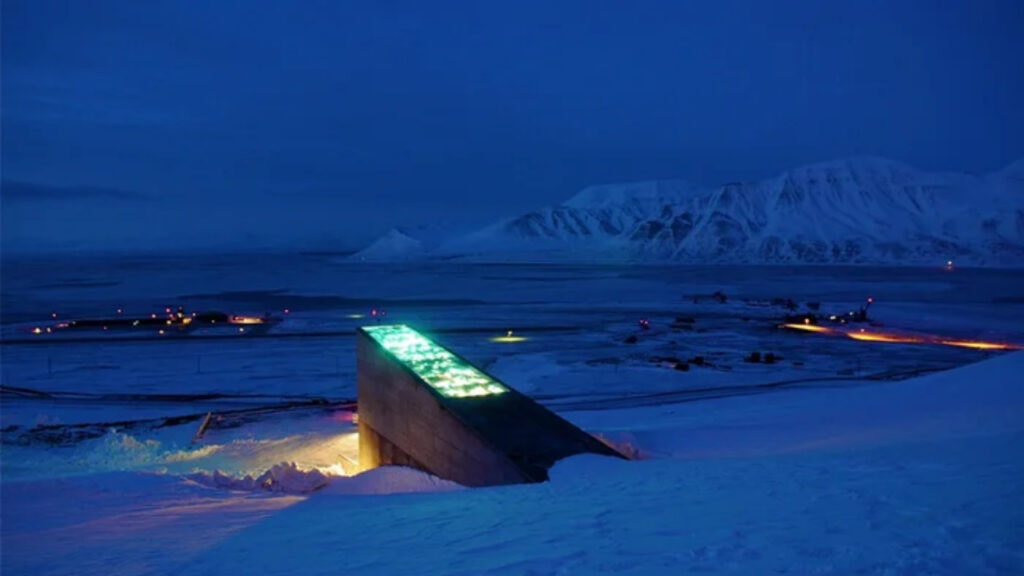
Far in the Arctic archipelago of Svalbard stands the Global Seed Vault, often called the “Doomsday Vault.” Beneath layers of permafrost, it holds millions of seed samples meant to secure the future of world agriculture. Only a handful of authorized scientists can enter its reinforced corridors. The Vault embodies both beauty and foresight a testament to human intelligence guided by humility. I see it as a reminder that beauty isn’t always natural; sometimes, it’s born from our desire to protect life itself.
Snake Island: Paradise with a Deadly Secret
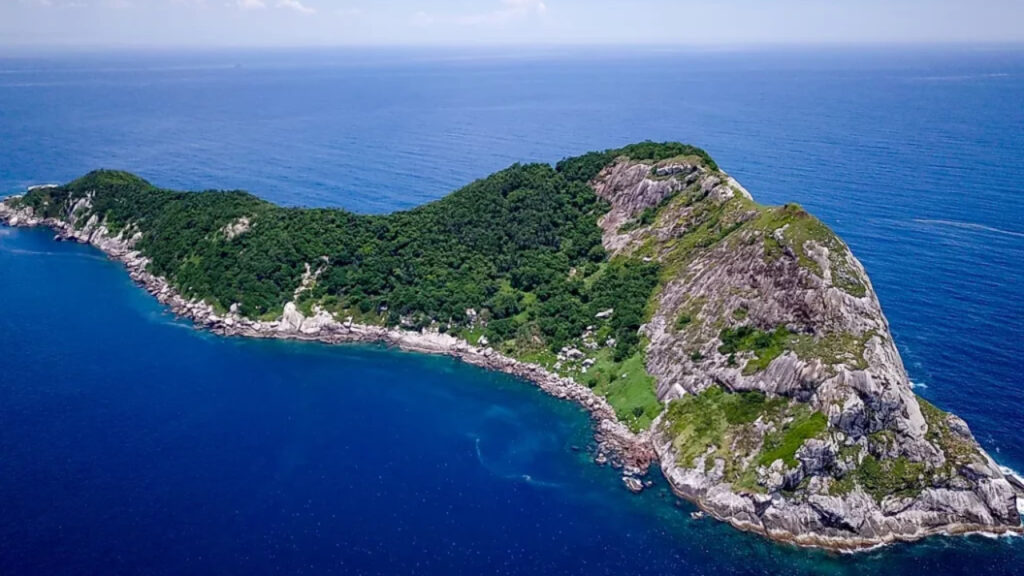
Off Brazil’s coastline lies Ilha da Queimada Grande, known as Snake Island. From a distance, it looks like a tropical paradise, but it harbors thousands of golden lancehead vipers one of the world’s deadliest snakes. The Brazilian government prohibits access to prevent harm to both humans and the snakes. I find its contradiction fascinating: it’s beautiful yet lethal, proof that nature’s perfection often hides danger beneath serenity. True beauty, after all, is not always gentle.
“Read also: Savage Beatings and Dying Trees: How West Bank Settler Violence Is Destroying Palestinian Olive Harvests“
Why These Beautiful Places Matter
Each of these beautiful places tells a deeper story. North Sentinel Island guards the purity of human origins. Lascaux preserves the soul of ancient artistry. Surtsey showcases creation in real time. The Doomsday Vault embodies humanity’s hope for continuity. Snake Island warns us that beauty and peril often coexist. Together, they form a mosaic of lessons about respect, restraint, and coexistence. They remind us that not all wonders exist for exploration; some exist simply to be honored.
The Paradox of Untouched Beauty
The less we interfere, the more beautiful the world becomes. These forbidden places owe their charm to absence the absence of noise, pollution, and human hands. As I reflect on them, I realize that our instinct to conquer every frontier may blind us to a deeper truth: the power of letting nature be. True awe doesn’t always come from possession; sometimes, it grows from distance.
A World Beyond Our Reach
The beautiful places we cannot visit keep mystery alive in an overexposed world. They remind us that even with technology and exploration, parts of Earth remain beyond control. That mystery is essential it fuels imagination and humility. Perhaps the greatest act of admiration we can offer these places is not visiting them, but protecting them from ourselves. In their silence, the planet continues to whisper its most sacred stories.
